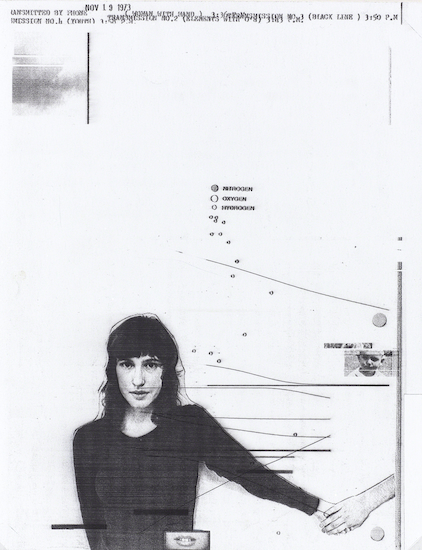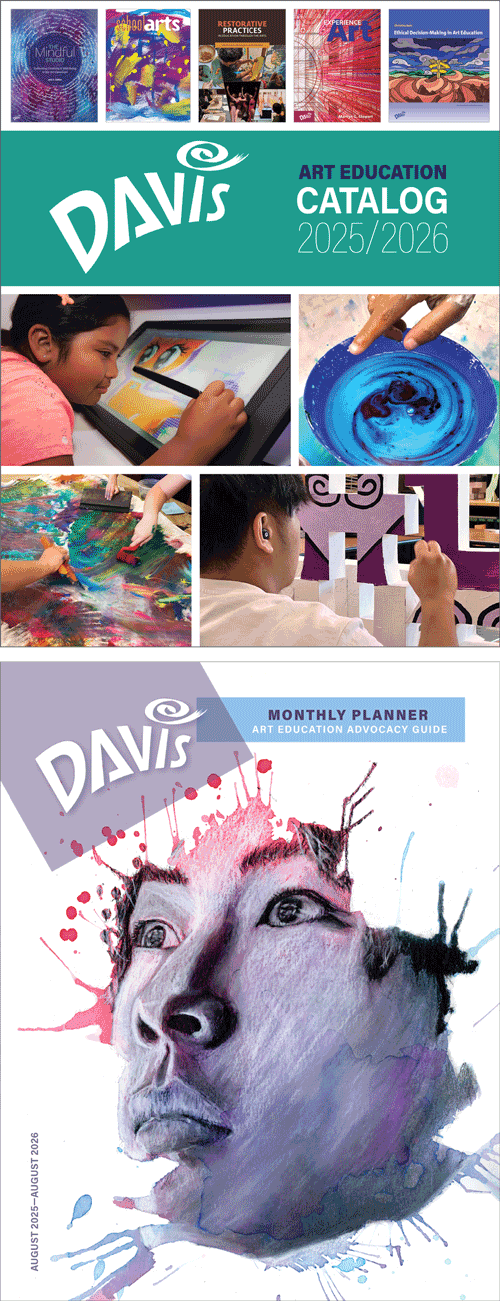Artist Birthday: William Larson
Photographer William Larson was a pioneer of many unique experiments in his art form. These included printing photos on unusual materials, experimenting with photography through fax machines, and eventually with digital media.
Artist Birthday for 14 October: William Larson (1942-2019 US)
 |
| William Larson, Untitled, from the series Fireflies, 1973, carbon print on paper, 27y.9 x 21.6 cm Philadelphia Museum of Art, © 2025 Artist or Estate of Artist (PMA-5055) |
Larson's series Fireflies of 1969 through 1978 were some of the earliest digitally generated photographic works of art. This series was produced with a fax machine. Larson saw a demonstration of the then-new technology (a six-minute transmission of a photograph of Muhammad Ali from Chicago to Philadelphia) and was impressed with the picture's high quality on the receiving end.
Larson obtained a Graphic Sciences DEX 1 Teleprinter, a sophisticated early fax machine, which converted photographs into digitally generated audio signals transmitted through phone lines and stylus-burned into special carbon-based paper. He manipulated these images in a variety of ways, such as changing the voltage of the output during the printing process, moving the stylus during printing, and sending multiple transmissions to the same page, layering images and text. The artist believed that the random juxtaposition of dissimilar images had symbolic and poetic impact that was similar to the randomness of memory or dreams.
Background
Since the 1960s, photographers have pioneered the expansion of the photographic printing processes through mechanical and electronic procedures. This paralleled the development of Pop Art which celebrated the technological advancements of post-World War II (1939-1945) industrial cultures and their effect on popular culture.
This interest has been termed "process as medium". It includes a variety of unlikely materials not inherent in photography. Although the printing of photographs on supports other than paper had been explored already in the late 1800s, this mid-1900s phenomenon injected the a personal expressive element that distanced their work from documentation into unique aesthetic objects.
The simplicity of adapting printmaking techniques such as etching, lithography and silkscreen to the photographic manipulation process has led to a number of photographers exploring the production of photographs that have the aura of reality but avoid duplication of reality. William Larson is among a group of artists that include Robert Rauschenberg (1925-2008), and Andy Warhol (1928-1987) who give photography a unique aesthetic character. Their processes often include further manipulation of the image after printing.
William Larson was born in Tonawanda, NY, and earned a BA from SUNY, Buffalo in 1964 and an MFA from the Illinois Institute of Technology in Chicago in 1968. After his graduation from college in 1964, William Larson spent time in Siena, Italy, studying history and art. Although he had been trained as a painter, upon his return from Europe he received a degree in photography (1968). From the beginning Larson was an ardent experimenter. He initially worked in a commercial photography studio in Chicago. His early experimentation with the combination of time-based static photography, and photographic montages that included text, sound, voice and musical elements.

Comments